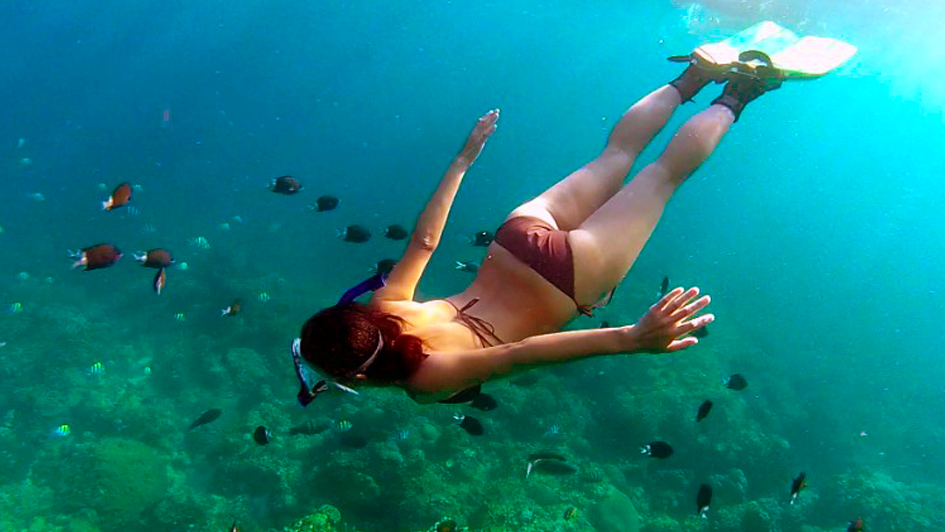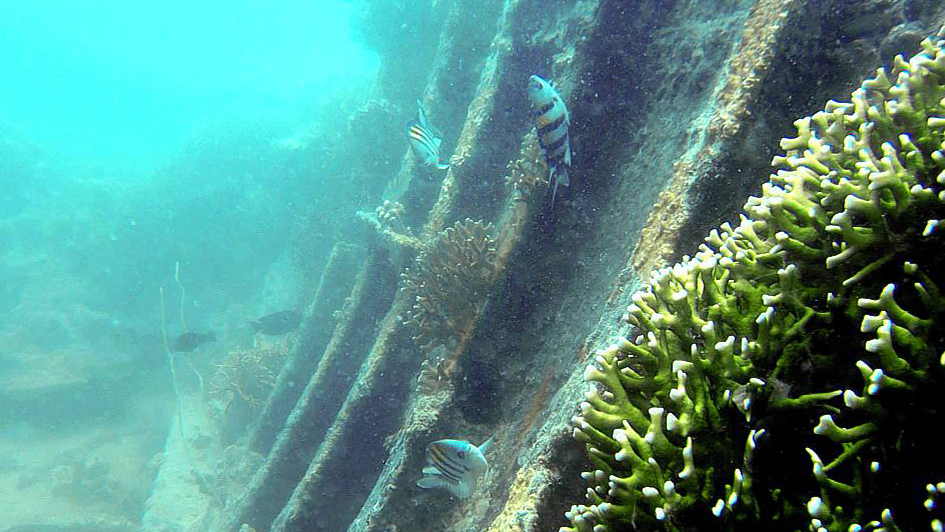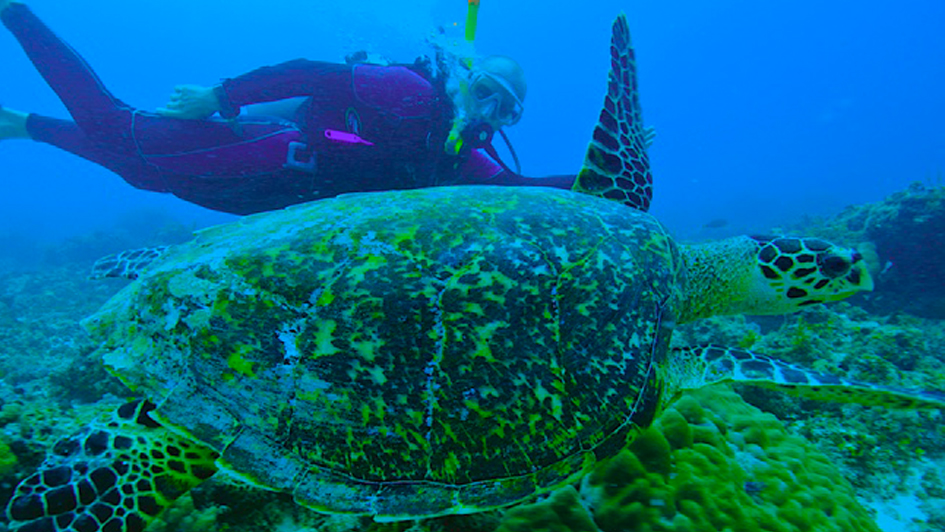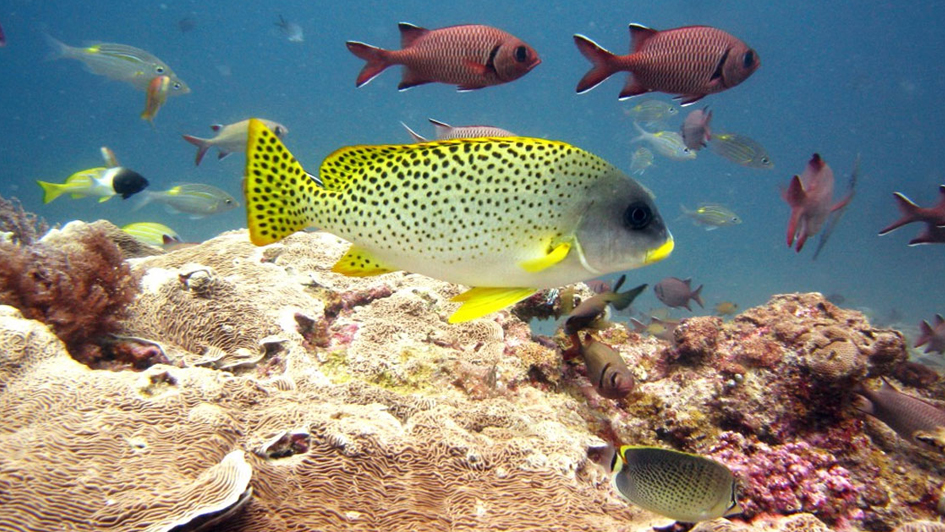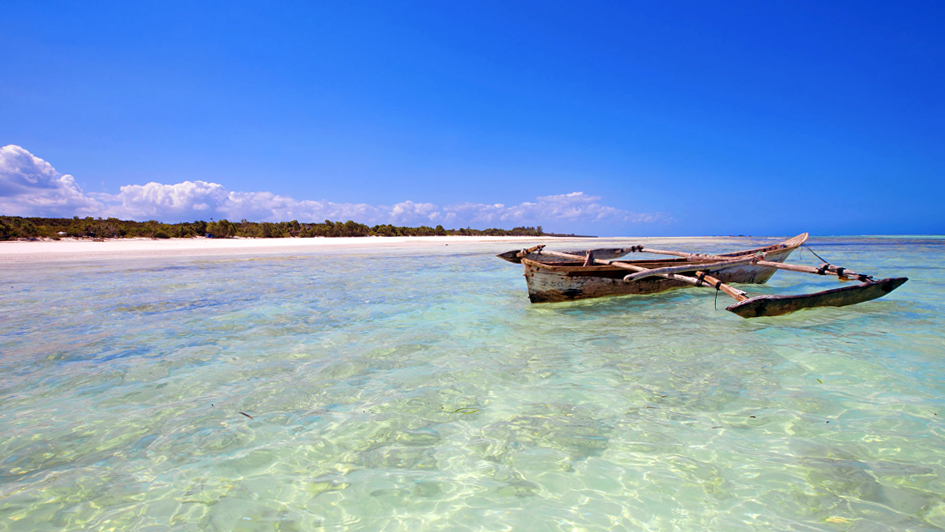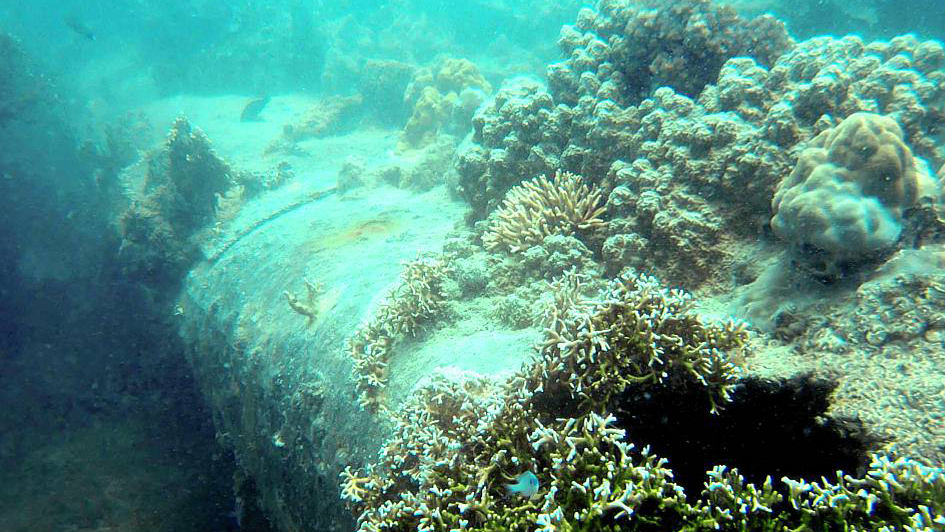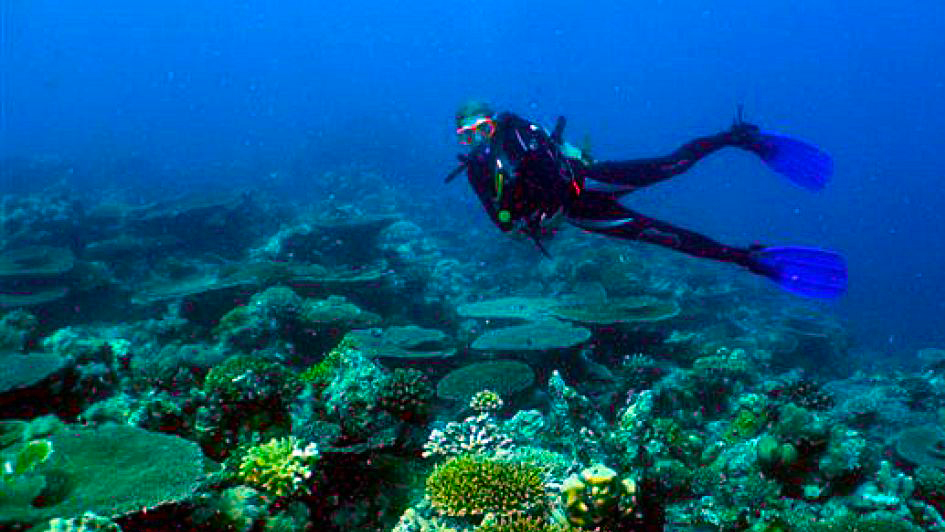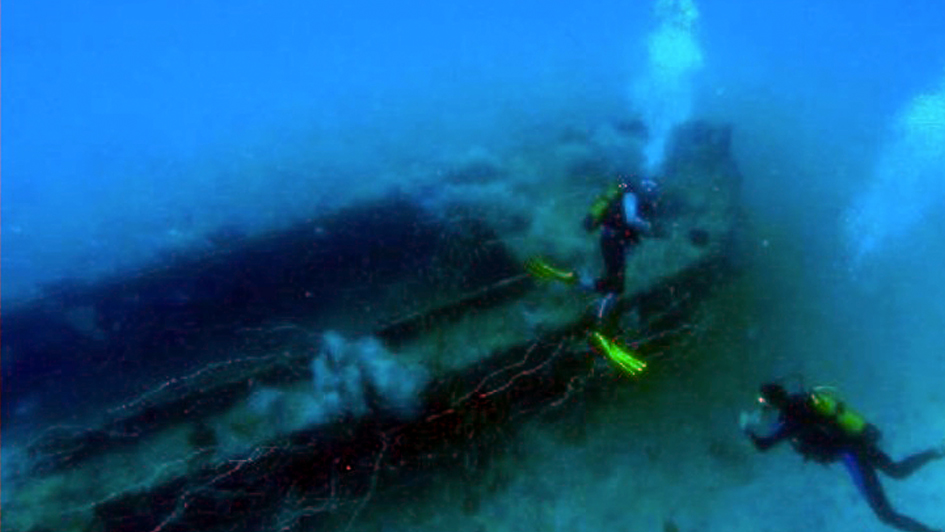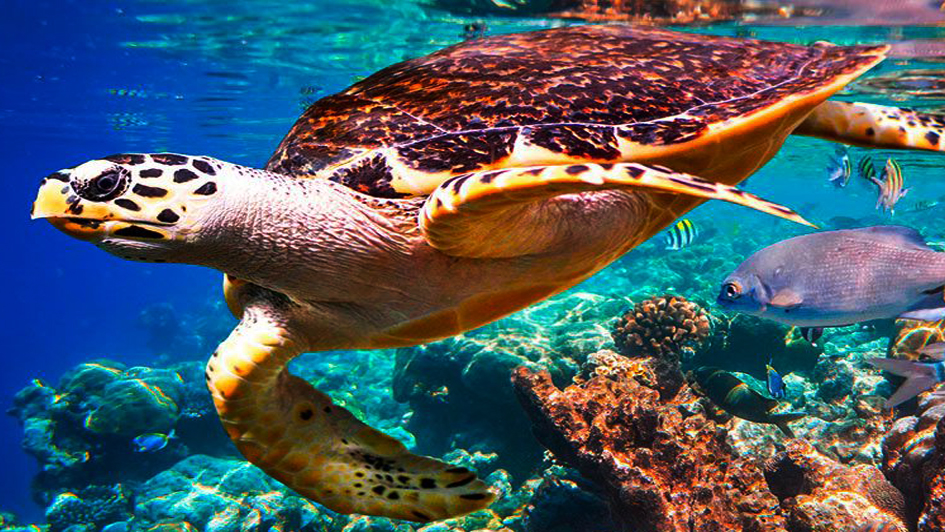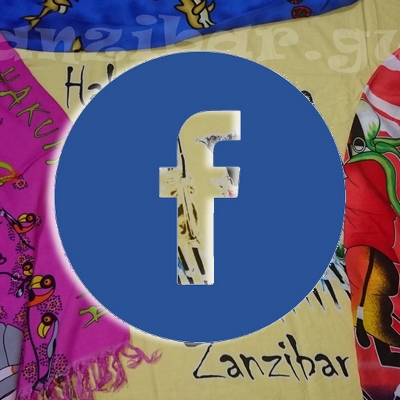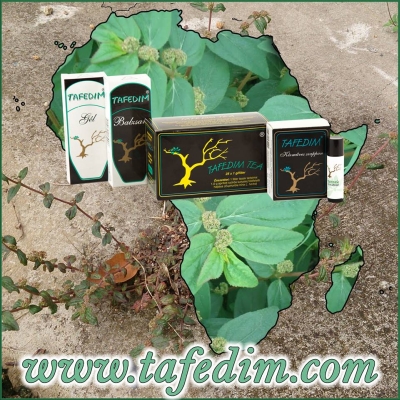Snorkeling at Mnemba
There are plenty of coral reefs around Zanzibar, which can be discovered using a snorkel or a diving cylinder.
Beginners can admire them in shallow water, while the more experienced divers can discover deeper sites.
Diving cylinders can be rented for such a tour on the shores, and first time divers can acquire the skill of diving through a fast track course.
There are three shipwrecks around the island, one of them is a snorkeling paradise, the other two are deeper and recommended only for professional divers.
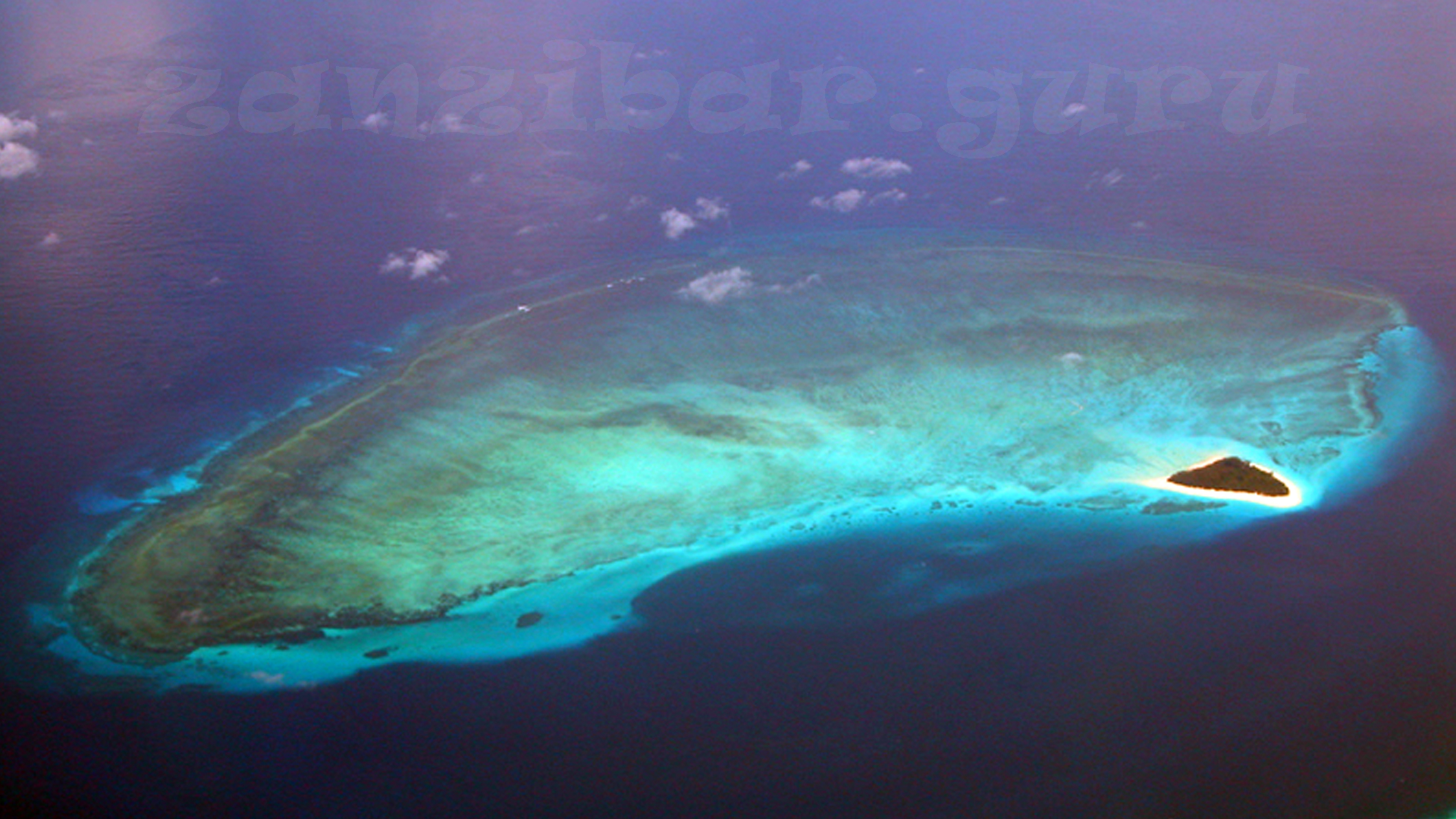
Website zanzibar.guru is pleased to take its visitors to the diving sites around Mnemba, and intends to present the most spectacular ones also here, on this site.
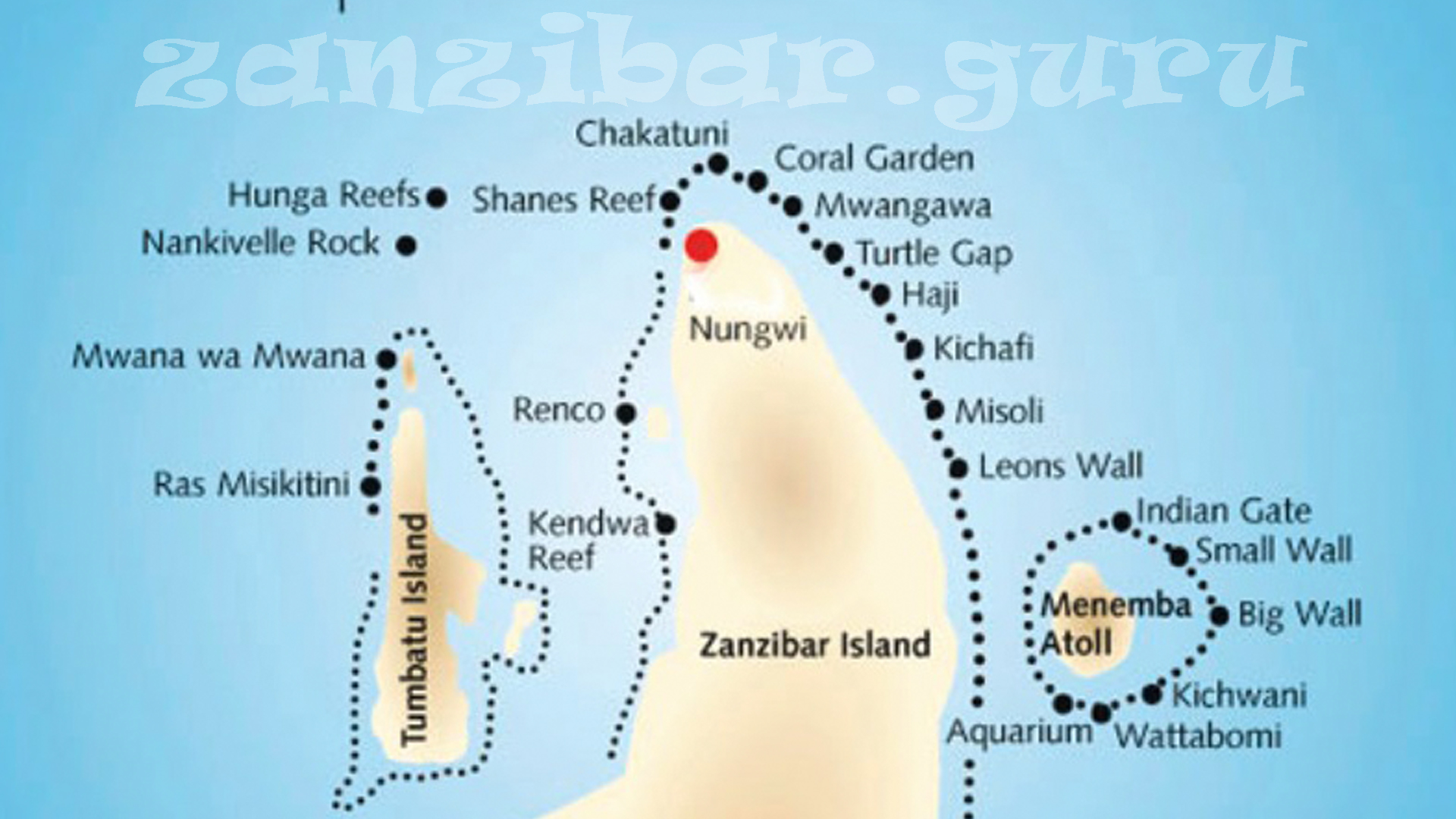
The best months for diving are from October to March (January and February are the most ideal ones).
The rainy season starts in the mid of April, and lasts for ca. two months.
Sun often shines and the weather is very pleasant, but rainfalls are dominant. The wind strengthens from June, and this lasts until the end of August.
If you are really lucky, you can meet whales in August or September.
A hyberbaric chamber is available in Matemwe!
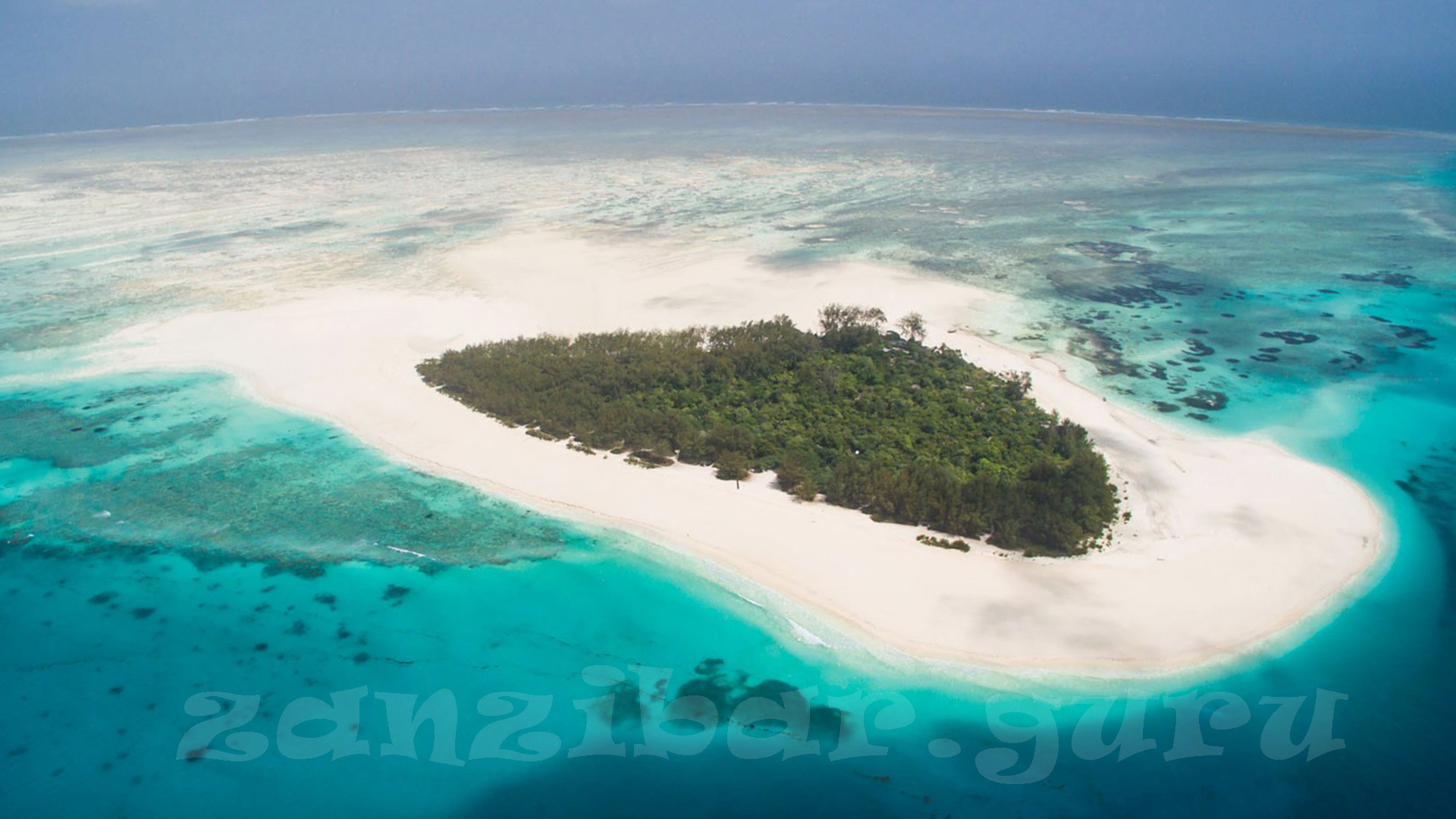
The Mnemba Island is considered as the best diving area, as the diving sites around the small island are suitable for both beginners and experienced divers.
Plenty of diving sites have been named by the divers.
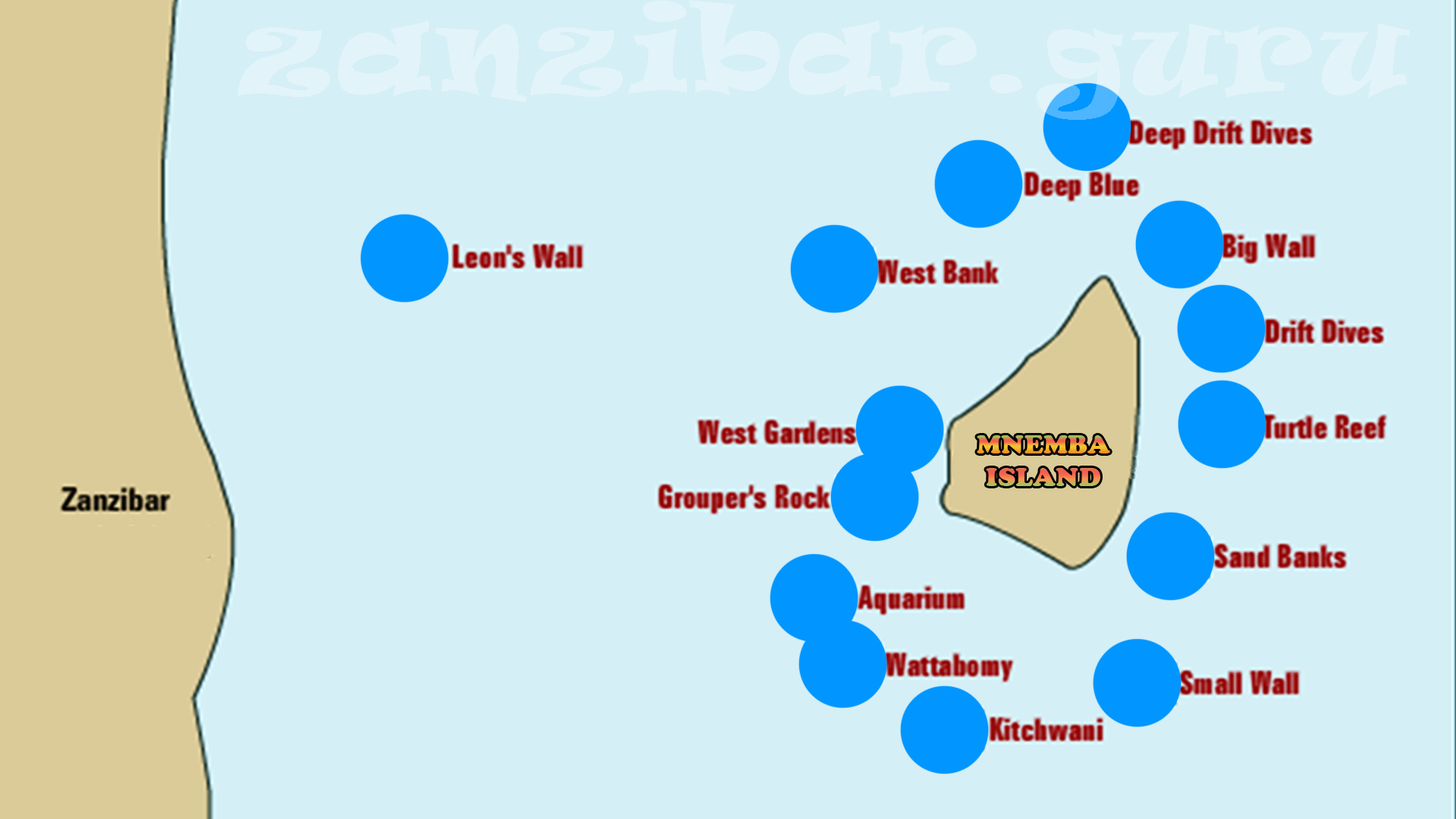
Leon’s Wall is a vertical drop for experienced divers at a depth of 35-50 m, with several caves, lionfishes and big fishes.
West Bank is for experienced divers at a depth of 18-40 m, with fishes, crabs and ray-finned fishes.
Big Wall is vertical formation for experienced divers at a depth of 25-55 m.
There aren’t many corals, but you can meet dolphins, lobsters and perhaps smaller sharks, turtles and tuna.
It is only for professional divers, as the drift is strong during the rise of the tide.
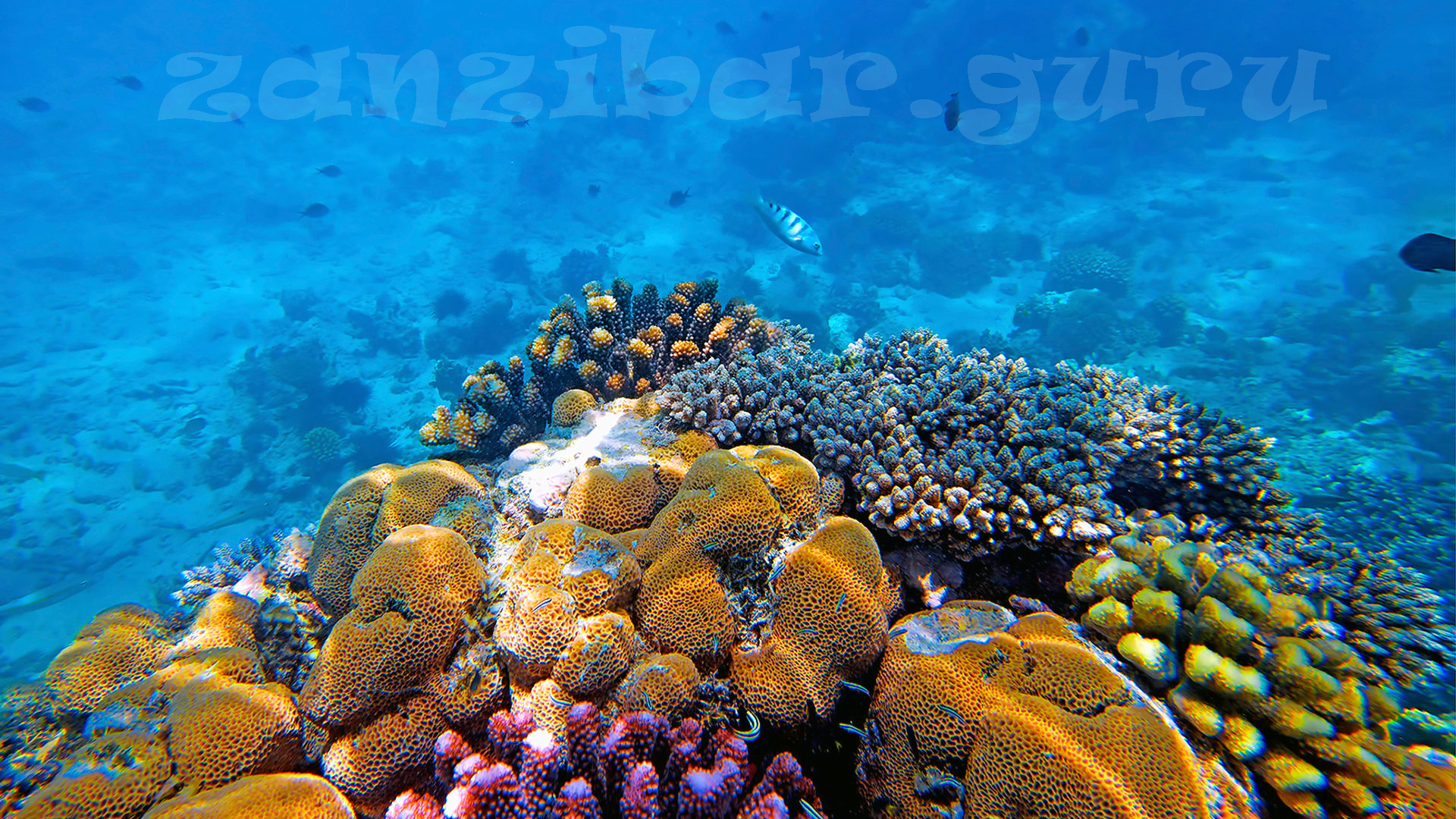
Drift Dives are for more experienced divers at a depth of 20-40 m, with open water fishes, barracudas, ray-finned fishes, stonefishes, bony fishes.
Turtle Reef is recommended for all divers at a depth of 5-30 m, where you can often spot turtles and many reef fishes. It is characteristic of big fish-swarms.
Sand Banks is recommended for beginners at a depth of 5-15 m, where you can see a large variety of colourful tropical fishes,
wonderful coral gardens with hard and soft corals, butterflyfishes, big-eyed yellow-finned mackerel and orbicular batfishes…
Small Wall is for experienced divers at a depth of 5-50 m, where heavy drift diving is expected, the beginning of the reef is shallow, and then it slopes down to 30 m, and then drops to 45-50 m.
You can observe many types of fishes also here.
Kichwani is recommended for all divers at a depth of 2-30 m, the reef starts at 2 and slopes down to 30 m.
It is a natural coral wall (mushroom, honeycomb, brain and horn corals), which is a habitat for a number of coral and fish species.
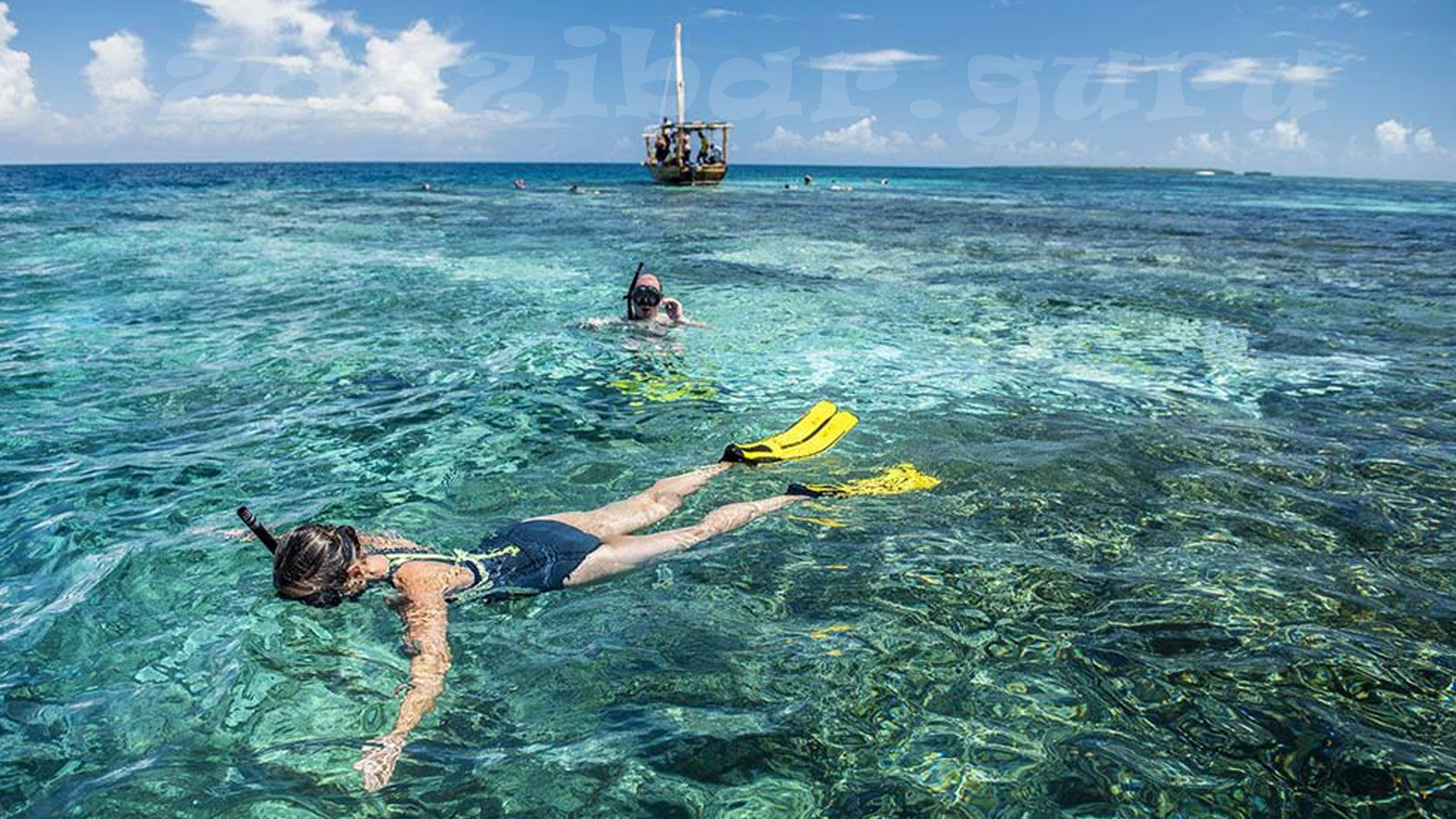
Wattabomy is recommended for all divers at a depth of 5-20 m, where you can dive on a mildly sloping wall.
You can swim among the corals and plenty of reef fishes, enjoy the beauties offered by the coral reef. You can see even striped dolphins in a large part of the year.
Aquarium is recommended for more experienced and skilled divers at a depth of 8.25 m, where a mild current is expected in general.
There are plenty of parrotfishes, and sometimes even turtles and young white sharks can be spotted.
Grouper’s Rock is recommended for more experienced and skilled divers at a depth of 12-25 m.
You can see a vast number of tropical fishes and many moray eels and plenty of groupers, and even reef sharks occur.
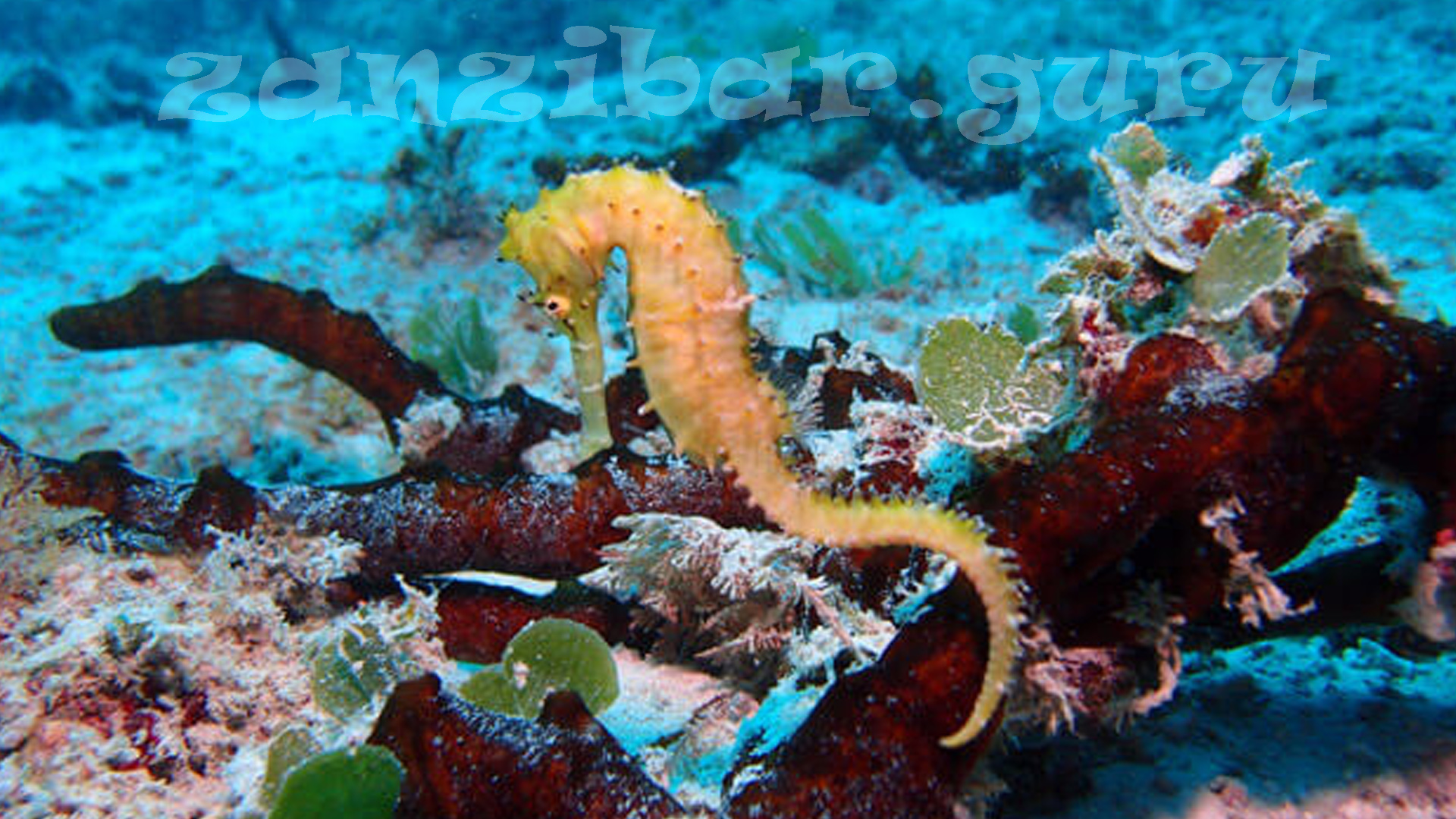
West Gardens is recommended for beginners at a depth of 6-15 m, where you can see a vast number of corals and fishes.
It is recommended also for skilled divers due to the diversity of life.
Several other diving sites surround the island. The most frequently visited ones include Nungwi and Kendwa dive sites, and the Tumbatu Island is also surrounded by many beautiful diving sites for beginners. Diving sites suitable for beginners (Bawe Reef, Pange Reef, Aquarium, Two Stones, Pinnacles) can be found also in the region of Stone Town.
If you go to a dolphin tour to Kizimkazi, then a guided visit to the coral sites along the shore, as there are plenty of beauties in the very shallow water
The Great Northern (at a depth of 4-12 m) is recommended for wreck divers, which offers unforgettable experiences even to beginners,
as the British ship sunken - stranded - in 1902 has become a wonderful artificial reef by now.
The ship parts can be still explored in the company of plenty of living beings.
Be careful with the anemones, do not approach them closely, as they protect their homes with a strong sting.
The La Royal Navy Lighter is situated at a depth of 30 m, and recommended for skilled divers.
It is near the Bawe Island. It is a habitat for plenty of coral and threadfin rainbowfishes.
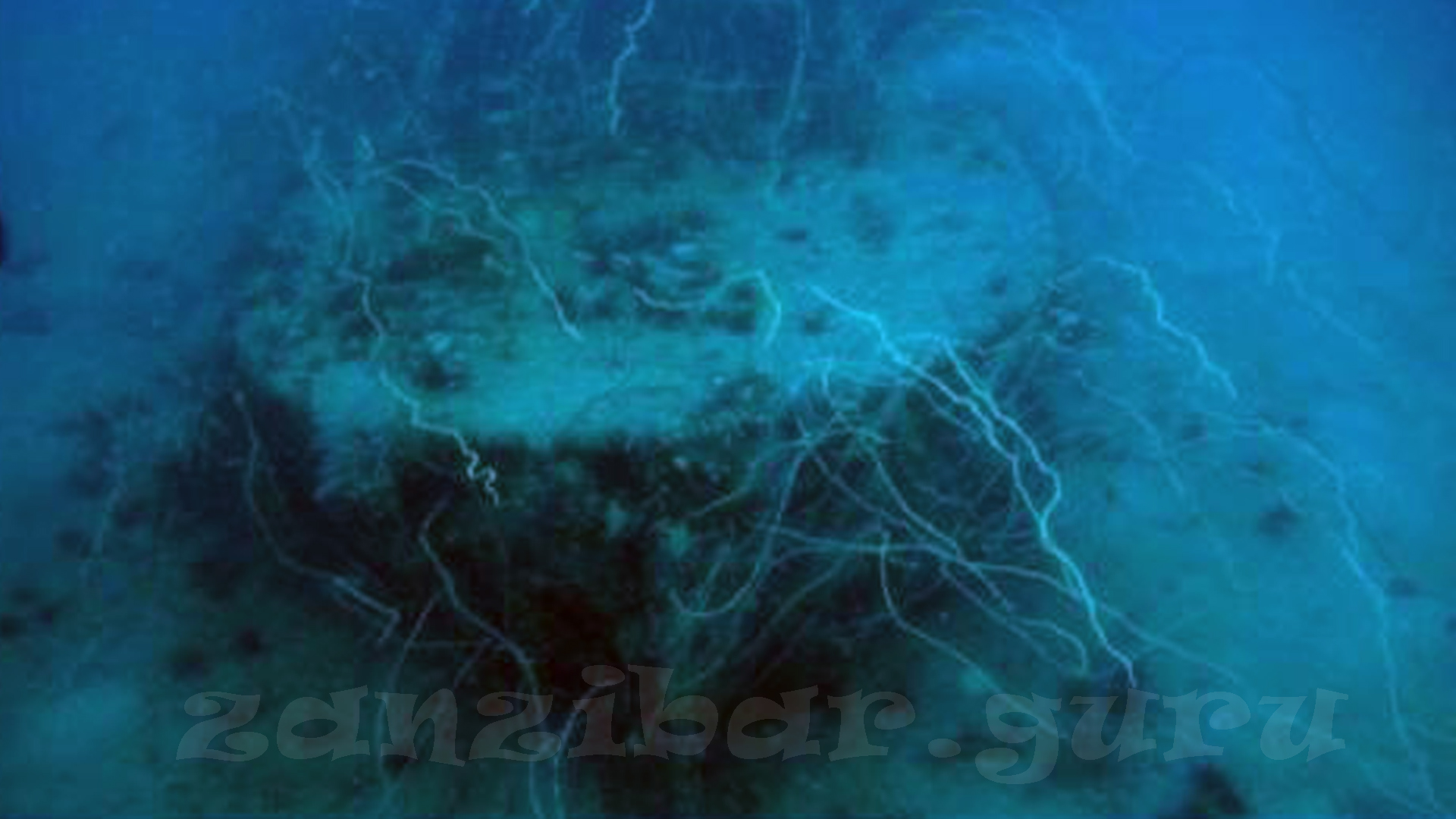
Penguin is situated at a depth of 42 m, and recommended only for skilled divers. The steamer was a sand dredger.
The 40 m long shipwreck has become a habitat for plenty of animals and plants. Big crabs, moreys and barracudas can be also seen around the wreck.




